INVESTICATION &FLEXURAL PERFORMANCE ON CONCRETE BEAM USING BAGASSE ASH
The utilization of industrial and agricultural waste
produced by industrial processes has been the focus of waste reduction research
for economical, environmental and technical reasons. Bagasse ash is fibrous waste product of the
sugar refining industry, these industrial wastes affect the surrounding
environment and thus we need a good solution for hardly the wastes.
The objective of this work is to evaluate the
flexural behaviour of concrete beams using partially replacement of cement with
bagasse ash. There different replacement percentage level of 10%, 20% and
30%were used in this study. Out of which 20% was identified optimum replacement
level through the testing of control specimens. A total of four beams were cast
for the present study. Two beams served as control beam and another two beams
was cast with 20% bagasse ash replacement the beams were 125mm X 250mm cross
section and 3200mm long. The beams were tested under four point bending over a
span of 3000mm.sufficient data was obtained on the strength and deformations
characteristics of control beam as well as bagasse ash replaced beam. The study
of parameters considered for this study included first crack load, deflection
at first crack load, yield load, deflection at yield load, ultimate load and
deflection at ultimate load.
Key
words: Bagasse Ash, ControlBeams and Mechanical Properties
About The Author:
Sp.Aswinpalaniappan M.E.,*
Member of American Concrete Institute
Sri Raaja Raajan College of Engineering and Technology
Karaikudi, Tamil Nadu 630301







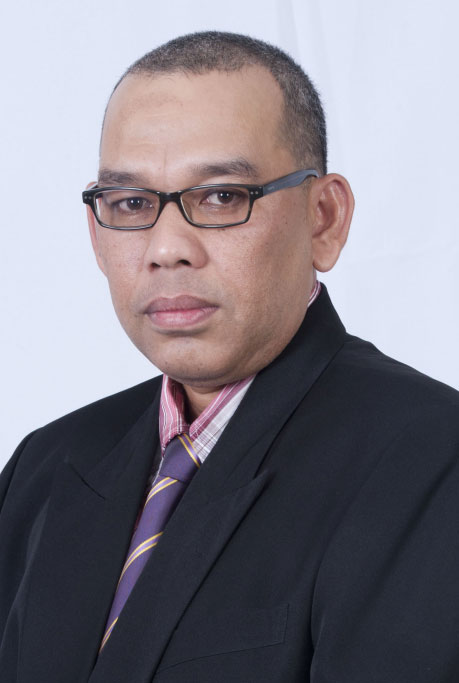


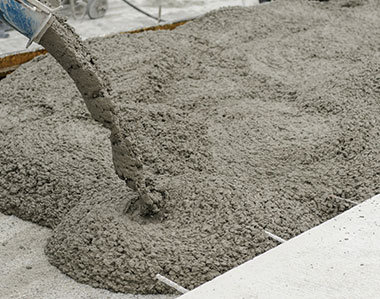
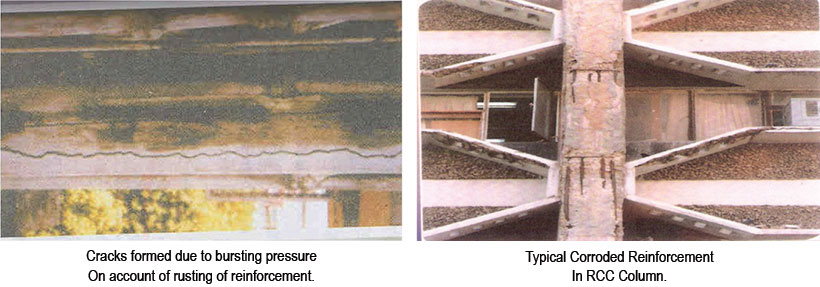
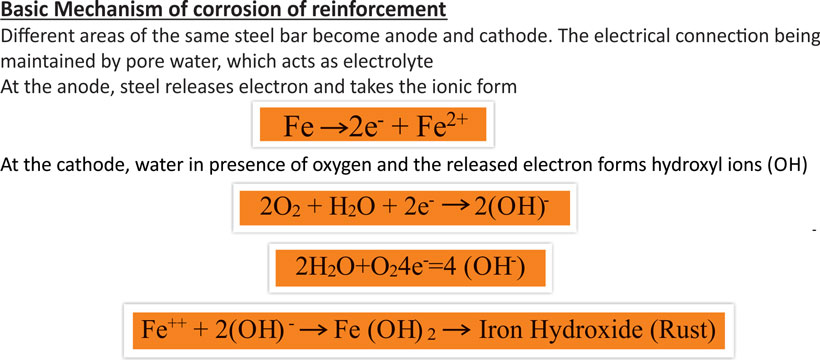
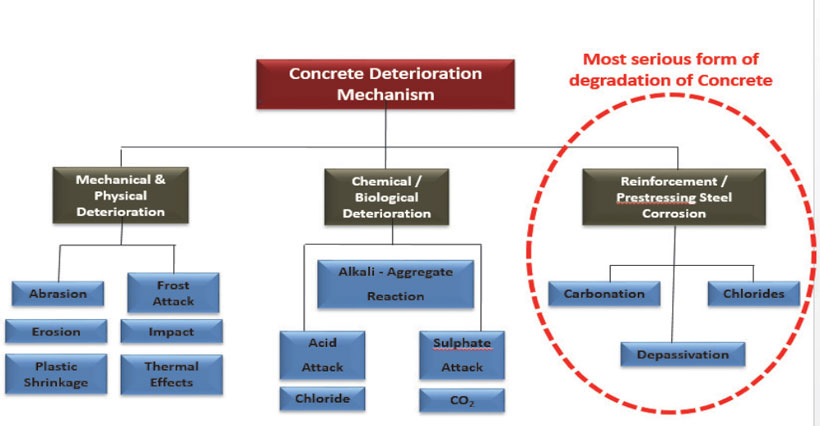
 a
a